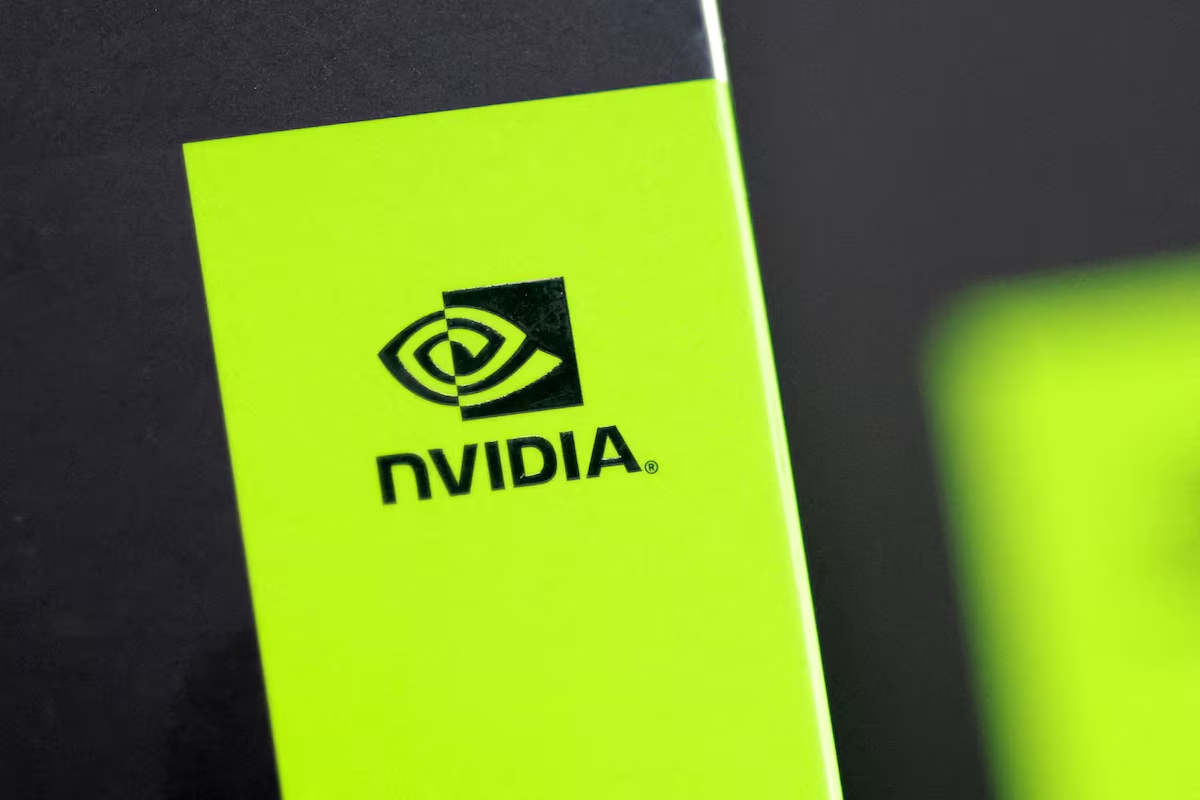In a development that underscores the complexity of global tech restrictions, demand is rising rapidly in China for the repair of banned Nvidia artificial intelligence (AI) chipsets, particularly the high-end H100 and A100 GPUs—despite U.S. export controls prohibiting their sale to China.
At least a dozen boutique repair firms, especially in the tech hub of Shenzhen, are now specializing in fixing Nvidia’s cutting-edge AI chips. These chips, intended for data centers and AI model training, are technically not supposed to be in China at all due to a U.S. export ban introduced in September 2022 targeting China’s technological and military advancement.
“There is really significant repair demand,” said a co-owner of one such Shenzhen firm that previously focused on gaming GPUs but pivoted to AI chip repair in late 2024. His newly established company now repairs up to 500 Nvidia AI chips monthly.
These firms offer full-scale repair services including PCB and memory diagnostics, fan replacements, and server-level testing environments to replicate data center workloads. Repair costs range between 10,000 and 20,000 yuan ($1,400–$2,800) per chip, depending on damage severity.
Widespread Smuggling Likely Fueling the Industry
The emergence of this underground repair ecosystem strongly suggests large-scale smuggling of restricted Nvidia hardware into China. Despite official bans, government tenders and military procurement documents reportedly confirm the presence of these chips.
The situation has prompted bipartisan concern in the U.S., where lawmakers are advancing legislation to enforce post-sale tracking of AI chips to ensure they aren’t diverted to restricted destinations. Even former President Donald Trump’s administration has expressed support for tighter oversight.
Why Not Switch to Legal Alternatives?
Nvidia has introduced the H20 chip, a downgraded AI GPU designed specifically for the Chinese market under U.S. export rules. However, these chips are expensive—a single H20-based server costs over 1 million yuan ($139,400)—and they lack the raw AI training power of the banned H100 chips.
Chinese firms training large language models (LLMs) and other advanced AI systems still prefer the H100’s superior capabilities, making repair a much cheaper and more effective option than switching to weaker alternatives.
“The H100s and A100s in China have been running 24/7 for years,” one industry insider noted. “Failure rates are rising, and repairing them is now a booming business.”



